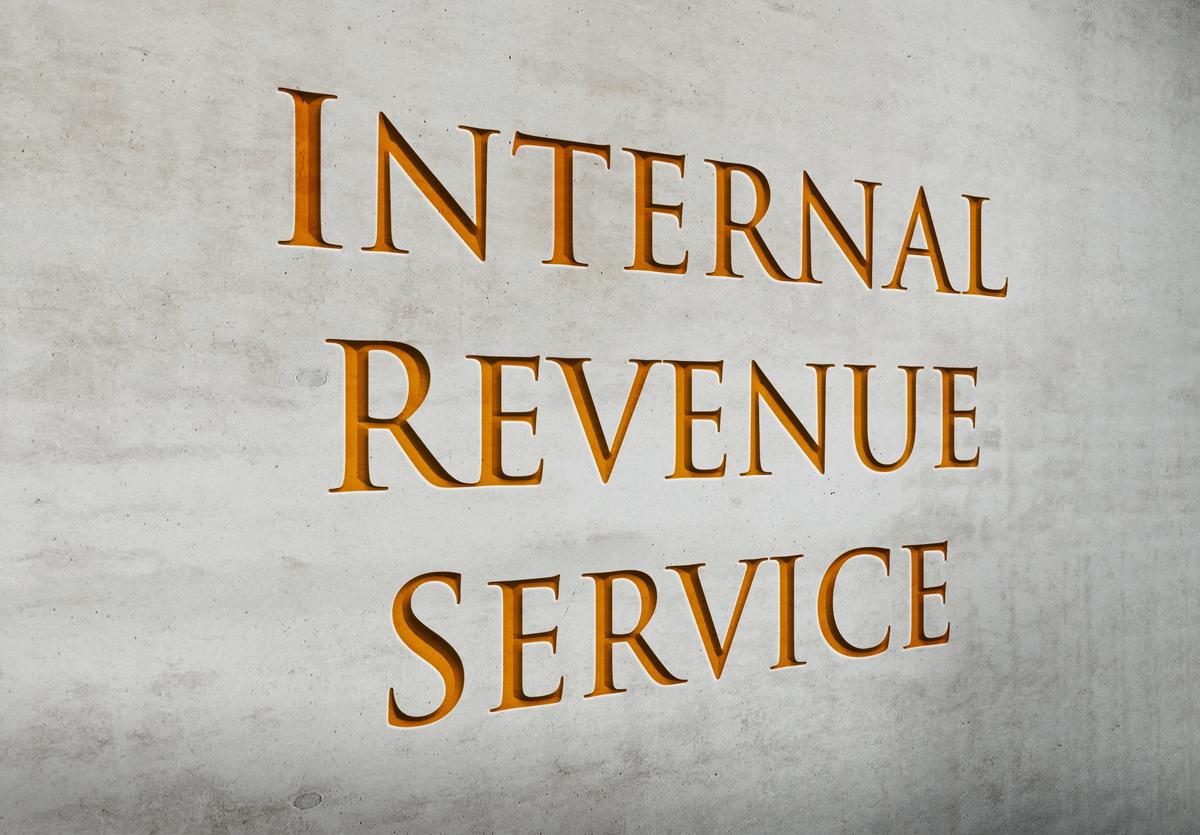One could say that the automatic tax filing extension is the taxpayer’s best friend – besides being a bosom buddy to tax return preparers – as the tax filing season rushes to a close. And this BFF may be able to do more for you than you think. However, just like most good friends, it’s not without fault.
Many individual taxpayers and virtually all preparers already know that a filing extension can bail you out of a jam. If someone is bumping up against the April 15th filing deadline, all you have to do is submit Form 4868 (Application for Automatic Extension of Time To File U.S. Individual Income Tax Return) to the IRS to obtain an automatic six-month extension – with no questions asked. This effectively gives the taxpayer until October 15th to gather all the necessary information and file a return for the 2013 tax year.
An extension may also create some extra breathing room for tax professionals. How often are you frustrated by clients who haven’t provide all the data you need to file a return on their behalf? Or are you missing corrected 1099s from financial services firms or other payors? More often than not, you might rely on Form 4868 to come to the rescue.
At the same time, don’t overlook potential tax-saving opportunities when a request for an extension is filed. For instance, although you can’t use the extension to extend the time to make a deductible IRA contribution, a self-employed business owner has until October 15, 2014 to contribute to a SEP for the 2013 tax year. Another example: To qualify for a tax-deferred like-kind exchange of real estate, the replacement property must be received within the earlier of (1) 180 days or (2) the tax return due date, plus extensions, for the tax year of the transfer. In this case, an extension can free up more time to seal the deal for an exchange created late in the year.
In addition, filing for an extension may enable you to take advantage of retroactive changes to the tax law without filing an amended return. And some tax experts believe it reduces the chances of being audited, since IRS examiners start cranking up the audit machine right away. Although the agency won’t disclose the exact process for selecting returns for audit, the longer a return is in the system, the longer it’s available for review.
On the downside, it is also well established that a filing extension doesn’t absolve a taxpayer for paying the requisite amount of tax owed by the initial due date. This requires a good-faith estimate of any tax that would be due on a 2013 return by April 15, 2014. As long as the filer pays at least 90% of the 2013 tax liability or 100% of his or her 2012 liability (110% if AGI is more than $150,000), no underpayment penalty will be assessed. Chalk up this tax obligation to the shortcomings of a best friend.
Thanks for reading CPA Practice Advisor!
Subscribe Already registered? Log In
Need more information? Read the FAQs
Tags: Income Tax, IRS, Taxes




